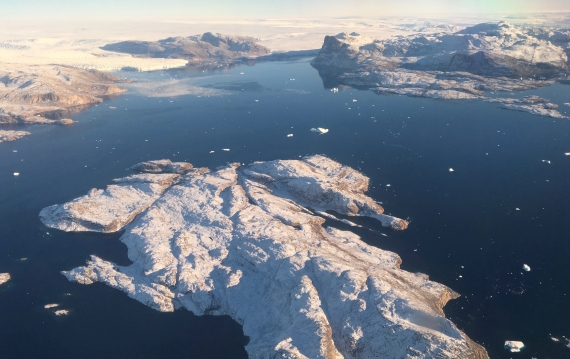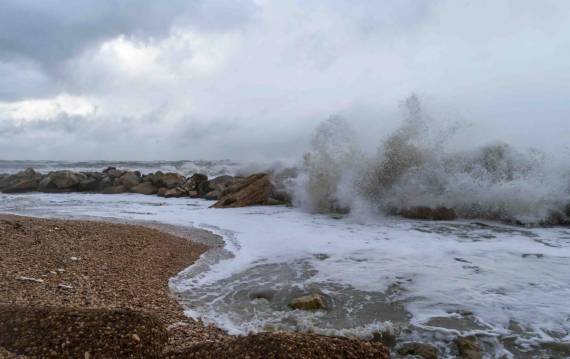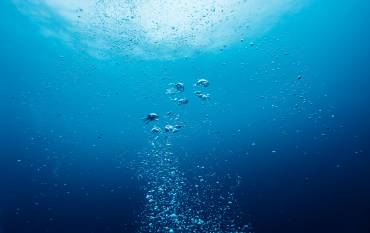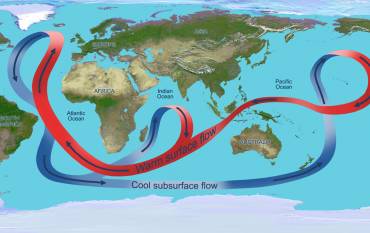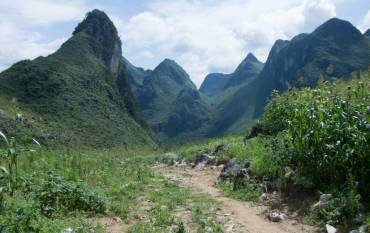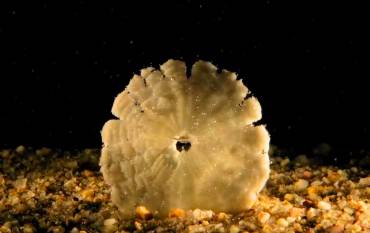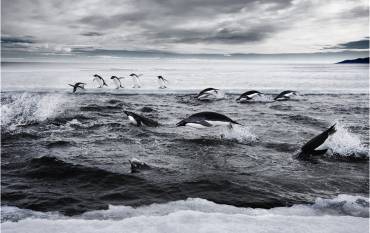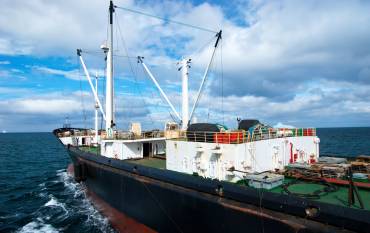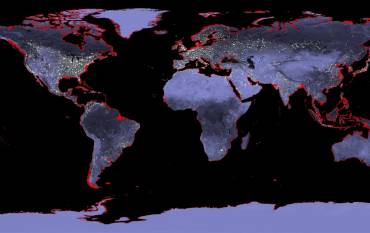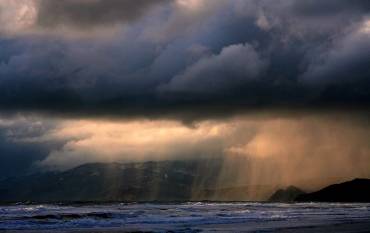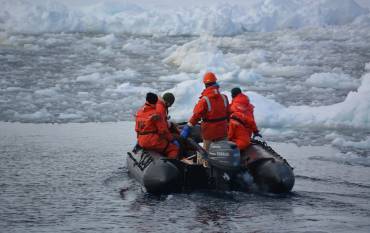The Stanford School of Earth, Energy & Environmental Sciences is now part of the Stanford Doerr School of Sustainability.
This page is currently being maintained for archival purposes only. For the latest information, please visit us here.
Oceans
March 23, 2016
<p>Stanford School of Earth, Energy & Environmental Sciences</p>
February 22, 2016
<p>Stanford School of Earth, Energy & Environmental Sciences</p>
February 16, 2016
Stanford School of Earth, Energy & Environmental Sciences
January 4, 2016
David Attenborough's Great Barrier Reef
Stanford Earth's Cassandra Brooks contributed footage to a new interactive David Attenborough project about the Great Barrier Reef. Brook's video shows the effects of ocean acidification on the limestone skeleton of a sand dollar.
November 5, 2015
National Geographic
Cassandra Brooks is hopeful that a Southern Ocean Marine Protected Area can be created that will protect Antarctic wildlife, including the Adélie penguins for which her daughter is named.
October 21, 2015
Stanford School of Earth, Energy & Environmental Sciences
September 4, 2015
<p>Stanford School of Earth, Energy & Environmental Sciences</p>
August 21, 2015
New York Times
This year's El Niño might be one of the strongest on record. Stanford Earth PhD candidate Daniel Swain discusses what to expect in California.
- ‹ previous
- 2 of 3
- next ›
Subscribe to Earth Matters
A free monthly bulletin for your inbox



